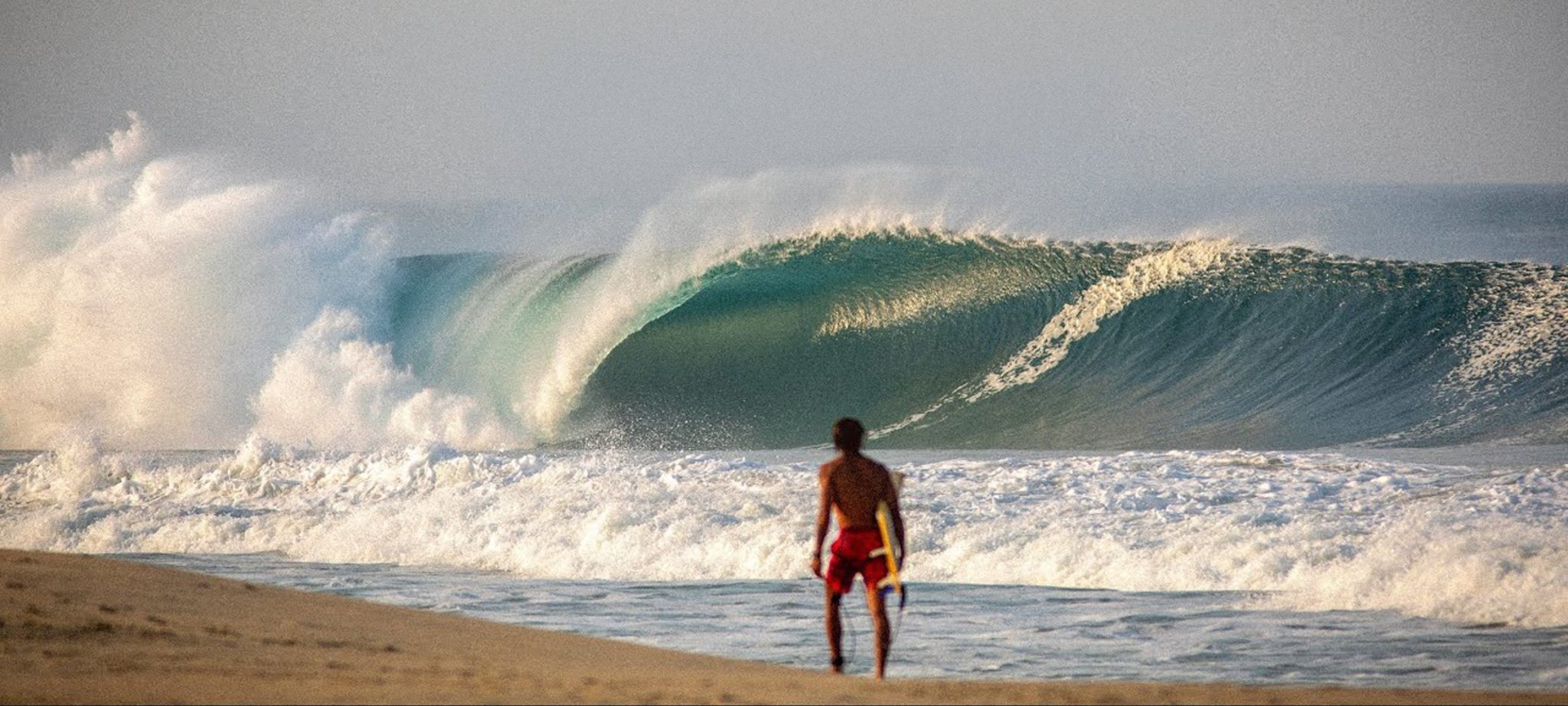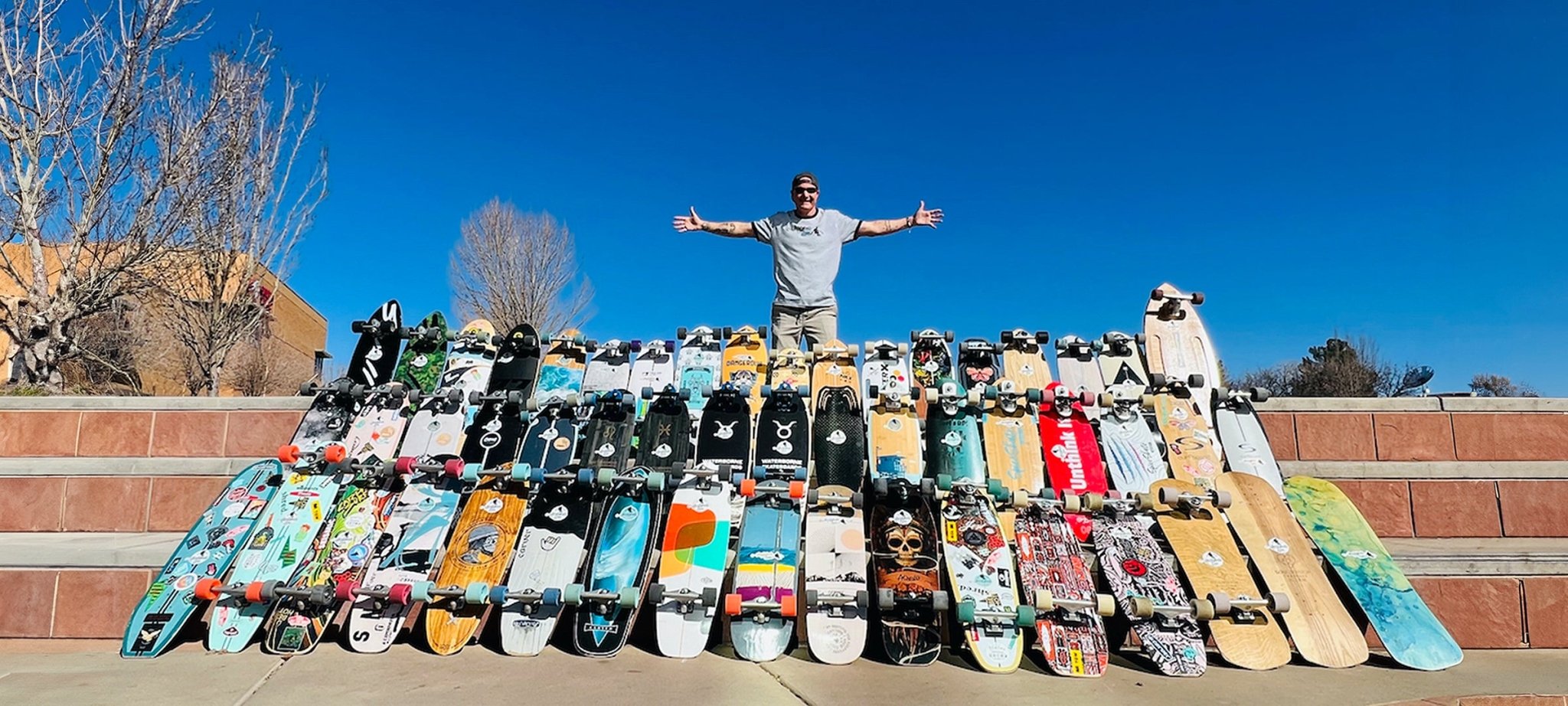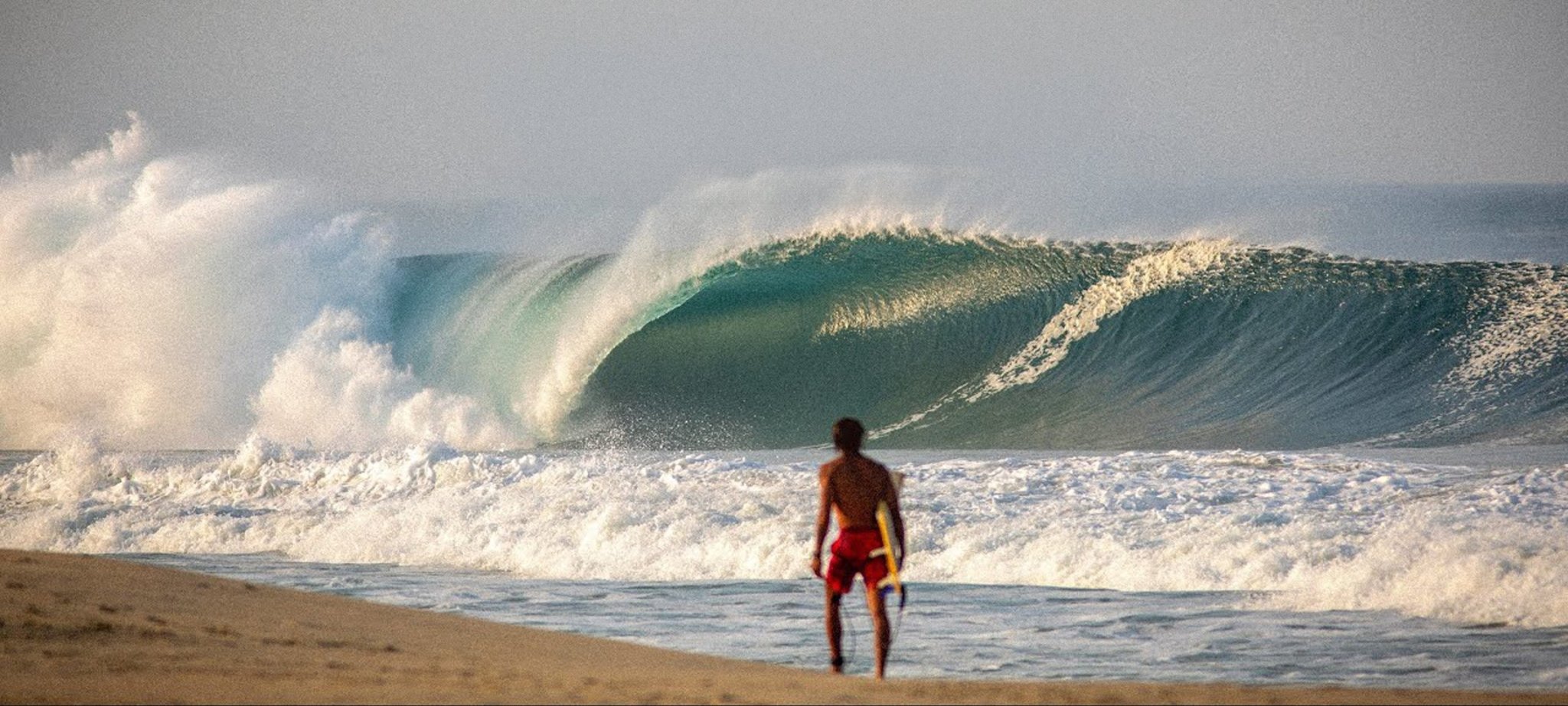With his surf documentary “Place of Thorns”, Will Bendix manages to combine the deep longing for adventure in Mexico in the 1970s with the pure beauty of the ocean and the brutality of what is probably the toughest beach break in the world. The film takes place in Puerto Escondido, the Mexican fishing village that was once discovered by Venezuelan surfers, attracted adventurous gringos from California in the course of the shortboard revolution and finally, through urbanization, shaped its break on Playa Zicatela into a dying beast.
Simply called “Puerto”, it is called by the locals, like a moody, unpredictable friend whose temperament can be both attractive and frightening. The wave fits no known definition. A force of nature that rises from a deep canyon off the southern Pacific coast of Mexico to suddenly and unforgivably tower over the sandbar of Playa Zicatela to a terrifying beauty. It's a place where glory never comes for free and survival is often the only prize - and yet, despite the physical toll it takes, year after year it attracts unknown maniacs and long-established locals alike with equal humility.
In the voices of Greg Long and Coco Nogales, there is a sense of both awe and deep fascination. They speak of Puerto not as a wave to be conquered, but as a force to which one can only submit and which will punish any kind of arrogance. Coco's story runs through the film like a pulse of calm. He tells of his childhood as a boy from a poor background, sneaking out to surf with a borrowed board under his arm, and how these early years in the shadow of the monstrous wave shaped his life. In the Puerto of today, he sets the pace for the local ethos and lineup - tough and inseparable from this coastal strip.
Visually, Will Bendix shows what happens in the sea in an almost hypnotic way. His camera dances through bone-crunching wipeouts and exhilarating rides, capturing every moment of surrender and hesitation. In slow motion, daredevils glide through house-high barrels, finding that small space between control and chaos. But the true power of the film lies in the quiet moments, the ritual of waxing the boards before dawn, the exchange of tense glances before paddling out, the ocean seeming to pulse with an irrepressible energy.
The rhythm of the film resembles the rhythm of the waves - intense violence followed by wave formations that radiate peacefulness. Bendix not only celebrates surfing, he also questions it. Why do they return? What makes a person risk their life for just a few seconds of exhilaration? It's not, like in most surf films, about showing the perfect ride over and over again - it's about understanding why a surfer puts himselve in the way of something so merciless in the first place. And the film does not ask this question in words, but poses it in images with the sensitivity of a poet.
Despite all the ecstasy, the film is also accompanied by a sense of loss, which culminates in the death of the wave. Like many other places in the world, Puerto Escondido suffers from the hashtags, influencers and crowds that seek and find accommodation but bring with them no sense for nature and what it needs to protect the wave. Urbanization has long since changed the sand flows of Playa Zicatela, turning a wave that once broke far from the beach into a shore break. The film also captures this fragility and reminds us that even places defined by strength and power are not immune to change.
With Place of Thorns, Will Bendix has created not just a surf documentary, but a narrative about the obsession of chasing something so elemental that it cuts you to the core. With its haunting cinematography and skillful storytelling, this film doesn't just show Puerto Escondido - it makes us feel the place, with all its beauty and brutality, its majesty and menace. It is a story of men and women on the edge of the abyss, drawn by a force they can never quite tame, in a







Leave a comment